In recognition of Women’s History Month, we’re honoring a few notable women with careers tied to ocean science. While this list is by no means comprehensive, it pays homage to some of the women who defied social convention and paved the way for scientists to protect, study, and explore the ocean and ocean life.
Maria Mitchell
The first woman to work for the U.S. Coast Survey
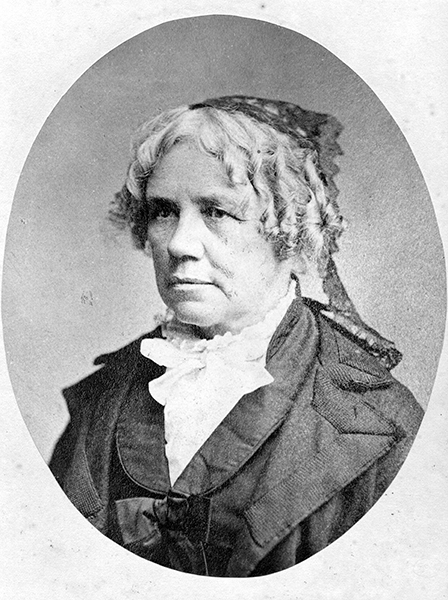
Maria Mitchell
(1818-1889)
Maria Mitchell was the first woman to work for the U.S. Coast Survey (a NOAA predecessor agency), and helped pave the way for modern-day women ocean scientists. Mitchell was also the first American woman to work as a professional astronomer, the first American astronomer to discover a comet, the first woman to work for the U.S. government outside of an administrative capacity, and the first woman elected to the American Academy of Arts and Sciences. After her discovery of “Miss Mitchell’s Comet,” she became an international science celebrity. The King of Denmark awarded her a gold medal with the Latin inscription Non Frustra Signorum Obitus Speculamur et Ortus ("Not in vain do we watch the setting and rising of the stars”). Mitchell’s father, William Mitchell, was an astronomer and nurtured her interest in the subject.
In 1845, she and her father joined the U.S. Coast Survey to work on a project that established cardinal points (each of the four main points of the compass — north, south, east, and west) for latitude and longitude in the U.S. and North America. In a congratulatory note to Mitchell following her comet discovery, U.S. Coast Survey Superintendent Alexander Dallas Bache referred to her as “the lady astronomer in whose fame I take personal pride.” After leaving the U.S. Coast Survey, Mitchell worked for the U.S. Naval Observatory’s Nautical Almanac Office until 1868, then went on to teach at Vassar College in New York, where she also served as director of the Vassar College Observatory. A crater on Earth’s moon bears her name.
Marie Tharp
Discovered the Mid-Atlantic Ridge and proved validity of continental drift
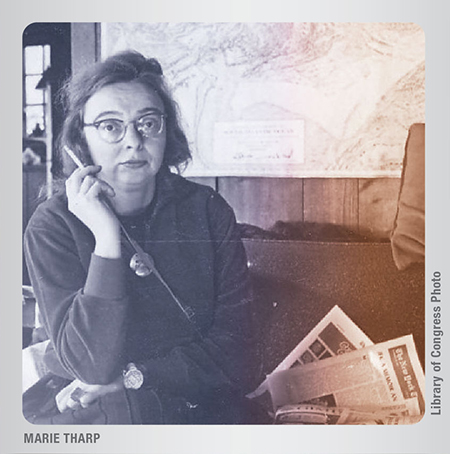
Marie Tharp
(1920-2006)
Marie Tharp was responsible for one of the most significant bathymetric discoveries ever made. In 1952, Tharp was a draftsman for Bruce Heezen and others working at New York’s Lamont Geological Observatory. Tharp proved the validity of continental drift (the idea that all of the continents were once connected) by discovering and mapping a rift valley in the Mid-Atlantic Ridge, which lined up perfectly with a separate earthquake map of the same geographic area.
Heezen was quoted as saying, "Marie's job for me was to decide what a structure was — whether a rise in the echo soundings represented a hill or something longer like a ridge — and to map it. In three of the transatlantic profiles she noticed an unmistakable notch in the Mid-Atlantic Ridge, and she decided they were a continuous rift valley and told me. I discounted it as girl talk and didn't believe it for a year." While Tharp never worked for NOAA, the maps that NOAA makes today have their roots in her work.
Dr. Nancy Foster
Led NOAA into the modern era of coastal resource management and conservation
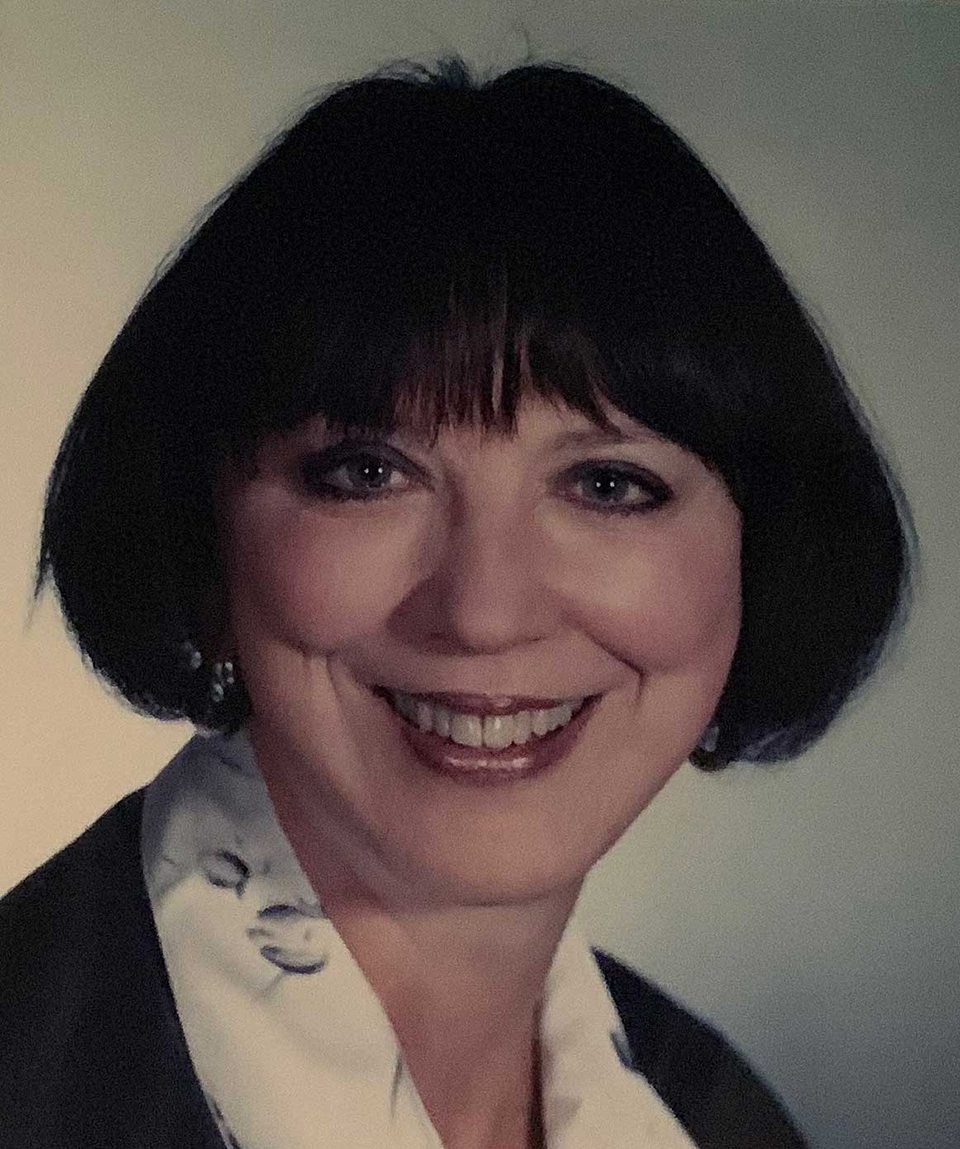
Dr. Nancy Foster
(1941-2000)
Dr. Nancy Foster was a visionary leader who helped lay the groundwork for today’s network of national marine sanctuaries and national estuarine research reserves. A graduate of Texas Woman's University, she received her master’s in marine biology from Texas Christian University and her PhD from George Washington University. Dr. Foster began her career at NOAA in 1977, where she quickly rose to Director of the Sanctuary and Reserves Program. In the mid-1980s, she became chief of the National Marine Fisheries Service’s (NMFS) Office of Protected Resources, where she formed the Habitat Restoration Center, the NOAA Chesapeake Bay Office, and various marine mammal programs.
She served as Acting Assistant Administrator of NMFS from January to October 1993; Deputy Assistant Administrator of NMFS from 1993 to 1997; and Assistant Administrator of the National Ocean Service from 1998 until her untimely death in 2000. Through her vision, passion for the environment, and administrative skills, Dr. Foster helped lead NOAA into the modern era of coastal resource management and conservation and was a tireless advocate for protection of the marine environment. A NOAA scholarship program, NOAA’s Florida Keys Environmental Center in Key West, the NOAA Habitat Conservation Award, and a NOAA ship all bear her name.
Rear Admiral Evelyn J. Fields (ret.)
First woman to direct the NOAA Corps and Office of Marine and Aviation Operations; first African American woman to join the NOAA Commissioned Officer Corps; first woman to reach rank of rear admiral in the NOAA Corps

Rear Admiral Evelyn J. Fields (ret.)
(1949- )
Rear Adm. Evelyn J. Fields (ret.) was not afraid to step up to a challenge — a character trait that brought her a few “firsts” in her career. She was the first African American woman to join the NOAA Commissioned Officer Corps, the first woman and first African American to hold the position of Director of the NOAA Corps and Office of Marine and Aviation Operations, and the first woman to reach the rank of rear admiral in the NOAA Corps.
Fields began her career at NOAA as a cartographer and was eager to join the NOAA Corps as soon as women were granted entrance. While she had a rich and varied career in the Corps, she said that a particularly challenging and rewarding post was serving as commanding officer of NOAA Ship McArthur: “It’s the kind of assignment you look for, and it never occurred to me to turn it down because I’m a woman. Once you leave the pier, you are really the one in control — the one making the decisions. As a junior officer, you always have someone to fall back on, someone else who has the final responsibility. As commanding officer, you are that person.”
Pamela Chelgren-Koterba
The first woman to be admitted to the NOAA Commissioned Officer Corps
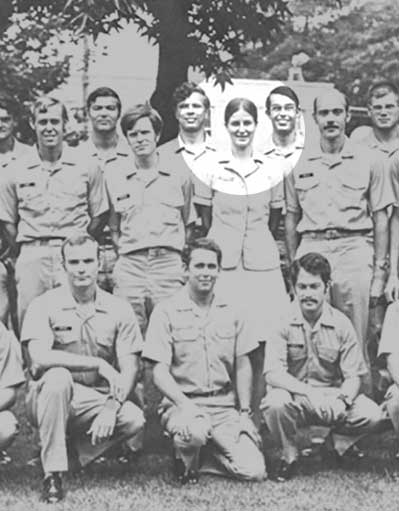
Pamela Chelgren-Koterba
(1950- )
Pamela Chelgren-Koterba made history by being the first woman admitted to the NOAA Commissioned Officer Corps in June 1972. The work of NOAA Corps officers is critical to acquiring scientific data and delivering information and products to the public. Chelgren-Koterba was commissioned along with 17 other officers, and was the only woman in an organization of 345 members.
She paved the way for other women to join the NOAA Corps. By 1975, 18 woman officers had followed her lead. She rose to the rank of commander and retired from service in May 1995. Rear Admiral Harley D. Nygren (ret.) made the decision to admit women to the NOAA Corps. He was quoted as saying, “We did not have ‘men jobs’ and ‘women jobs.’ Anything women wanted to try they could, and more power to them.”
NOAA Corps Captain Maureen Kenny
First Woman officer on the NOAA Ship Davidson
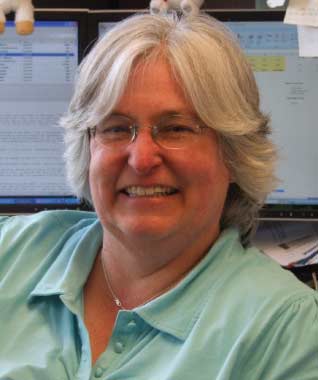
Maureen Kenny
(1953- )
Captain Maureen Kenny joined the NOAA Corps after college in 1975 and was one of the few woman commissioned officers at that time. She became the first woman officer on NOAA Ship Davidson in Alaska and, at one point, was the only woman aboard — an experience that shaped her early years in the Corps. Kenny has no shortage of stories from that time, including lowering her voice an octave to be taken more seriously by an all-male crew. She continued to climb the ranks and, in 1996, became the first woman commanding officer of NOAA Ship Whiting, conducting hydrographic surveys along the East Coast.
Throughout her more than 40-year career, Kenny saw major advances in hydrographic survey and charting technologies, including the use of side scan sonar. Side scan sonar is a tool used to detect submerged objects. After researching side scan sonar target detection functionality at the Naval Postgraduate School, she collaborated on NOAA’s first side scan sonar manual. Kenny retired from the NOAA Corps in 2003 and federal service in 2016.
 An official website of the United States government.
An official website of the United States government.

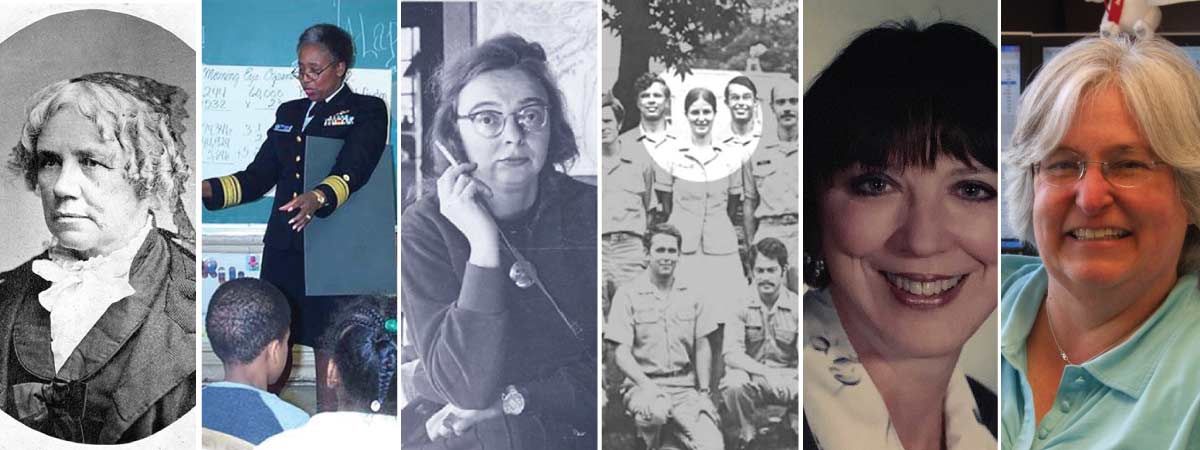






Social